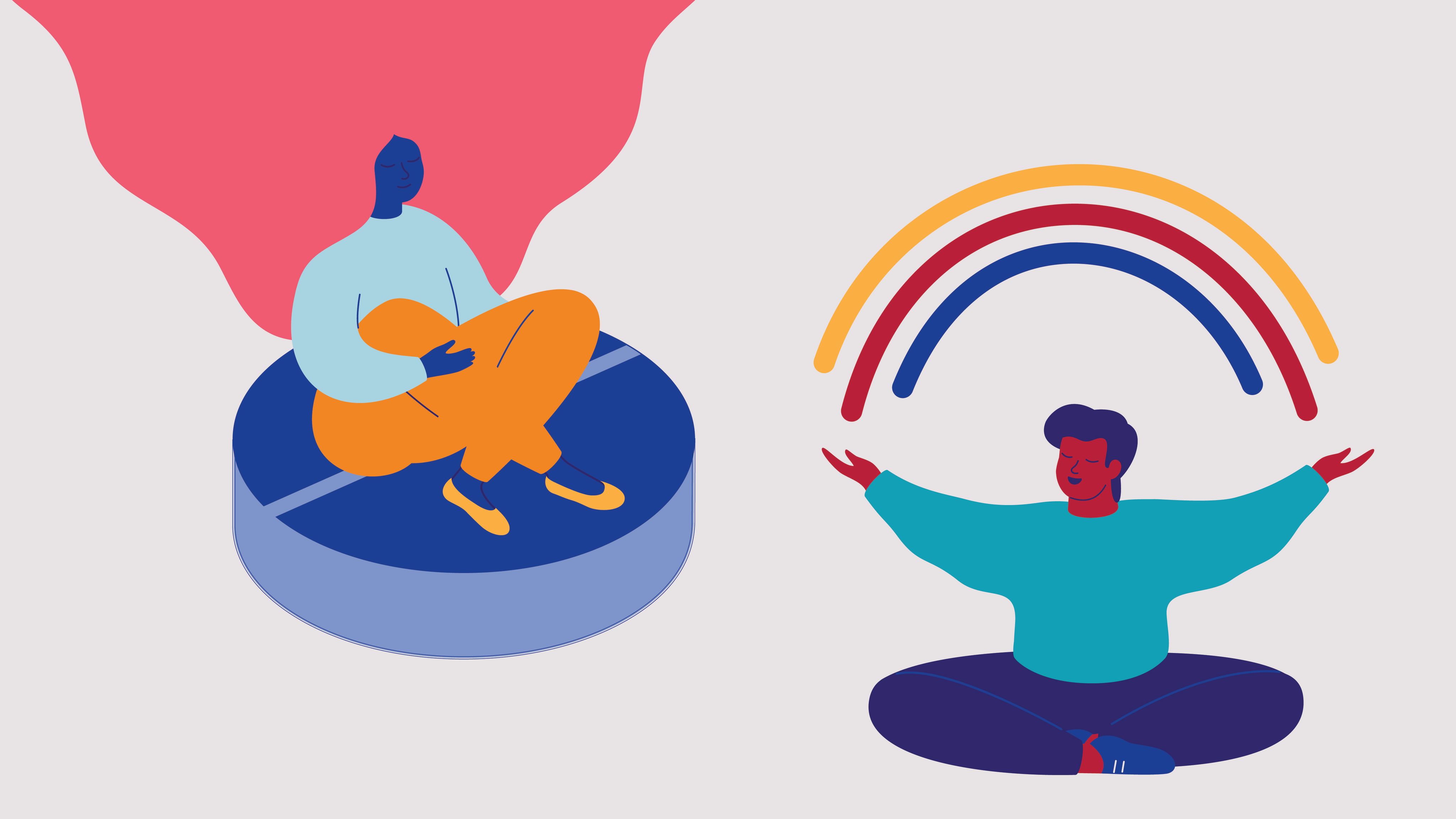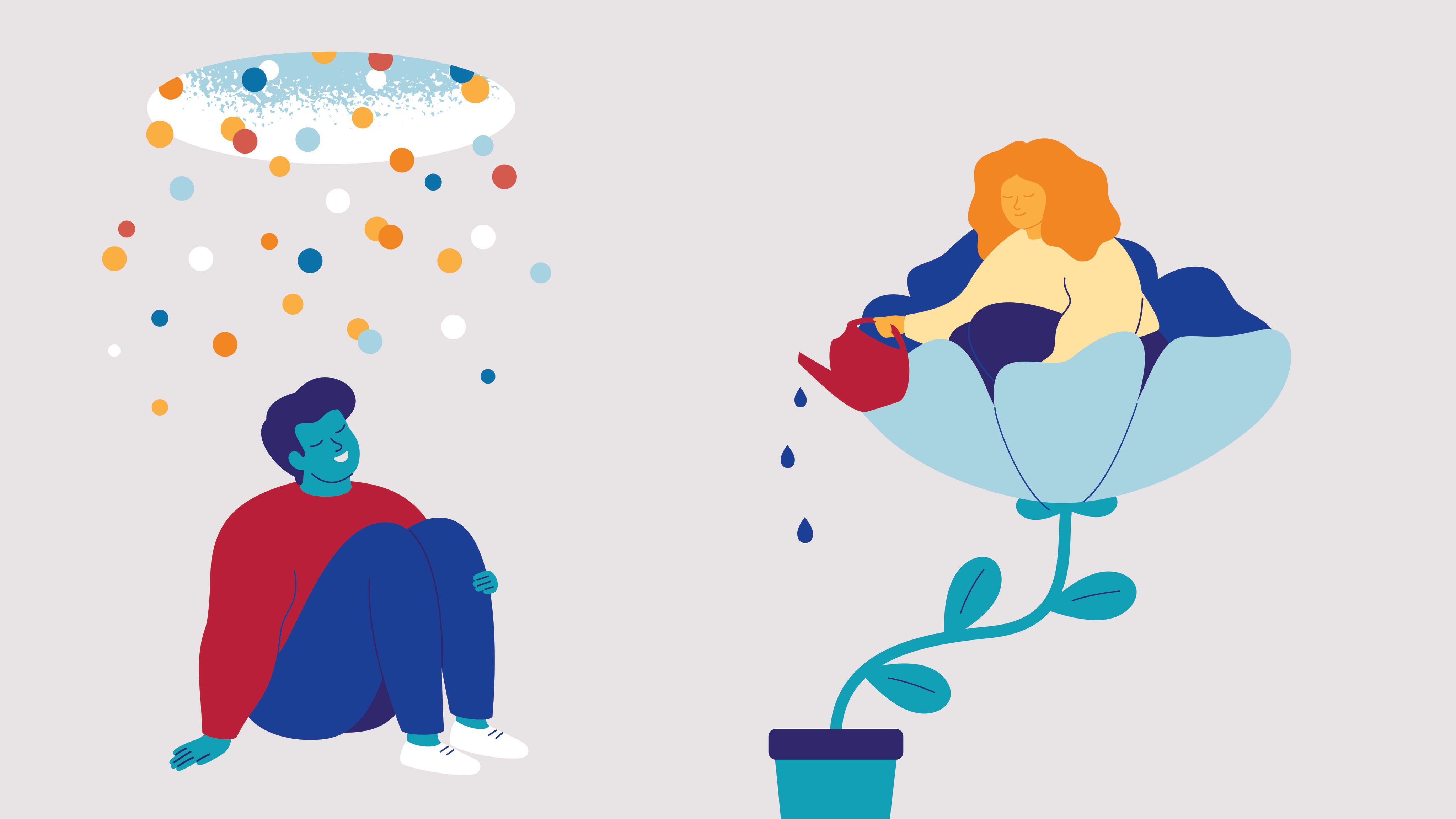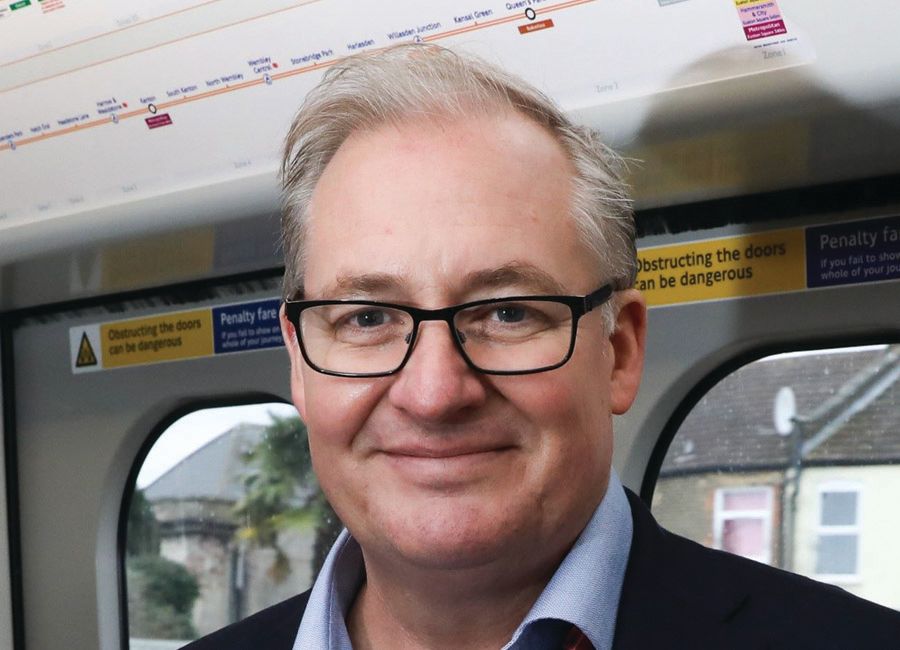SAFETY, WELLBEING AND THE MD9

A culture-changing strategy will give colleagues more opportunities to help improve safety and provide greater support for their wellbeing
January is often a time for fresh starts, new resolutions, renewed commitments. And the New Year at ARL is no different, with the launching of our MD9 – nine priorities chosen as our managing director’s key areas of focus for 2025 and beyond.
Top of that list is safety and wellbeing. The emphasis is not only on reducing the risk of harm to people on the railway, it’s about putting colleagues’ health and wellbeing top the agenda too.
At its heart, the Safety and Wellbeing Strategy is about enabling colleagues at every level to contribute to better safety, with greater support from the business and smarter use of data.
Mark Hughes
Mark Hughes
“If we don't run a safe train operation, it doesn't matter what else we do,” explains Mark Hughes, head of safety, health & wellbeing and compliance. “If we don't make our stations safe for our passengers, and if we don't have a safe place to work for our colleagues, the whole thing falls down.
“But it’s much more than meeting the minimum regulatory requirements, it’s about fostering a culture where safety and wellbeing is second nature in day-to-day operations. It’s also about making sure that we do everything we can to support colleagues’ health, so they can be their best at work, and at home.”


Predict and prevent
Better use of technology and data is one area where Mark believes colleagues will see real results.
“When I started in this role two years ago, there were eight or nine different ways you could report a safety matter,” Mark recalls. “It was put in different spreadsheets and that made it very difficult to correlate any information.
“Now we've now got one system that can handle all of it and that will enable us to be more proactive by analysing the data to predict and prevent. With better data, we can make more informed decisions and targeted improvements to safety.”
Colleen Johnston
Colleen Johnston
For health, safety & wellbeing specialist Colleen Johnston, the inclusion of wider health issues as a top priority is especially positive.
“If someone fell on the platform, you'd automatically help,” says Colleen. “You would make sure they were OK or treated, and you’d find out the cause and do your best to prevent it happening again. So why not if someone's struggling with their mental health, or with their fatigue or with a physical illness?
These things can all affect our work, so as well as providing resources for colleagues to look after themselves, we're investing more in finding out what might be causing someone to have, for example, persistent back pain.
“The better data Mark mentioned can help here too. For example, where we’ve got patterns of long-term absence, we can look at it and if it’s a health issue, we can work out what we can do to prevent this in the first place. When they're returning, we can assess how best to support them back in to work without risking their recovery.”


Open conversations
Another key part of the strategy is having open conversations about previously ‘hidden’ topics. This builds on work started in 2024, to raise awareness of topics such as menopause, and testing for prostate cancer.
“It was just the start but the impact was clear,” says Colleen. “Out of the 20 or 30 women who attended the menopause sessions, five or six have come back saying how important it was they attended, and they've actually gone to their GPs to get help with their HRT and advice on things they've been struggling with.
“One of the big issues was that these conversations weren’t being had. Women felt uncomfortable talking to their line managers about menopause, so we’ll be rolling out more training for line managers on the subject.”
Another positive impact was that a number of men who attended were also able to get a better understanding of how they can support their partners or female colleagues.
Colleen adds that these open conversations extend to trade unions.
“Rather than a ‘them and us’ situation, we realise that we all want the same thing – for colleagues to be safe well and happy at work,” she says. “We’re continuing to build relationships with the unions where we can discuss our strategy and also listen to what they have to say.”


Proactive and visible
While improved data and processes will make an impact, Mark and Colleen agree that there’s no substitute for listening, learning and face-to-face interaction.
“An important part of the strategy is for us to be visible across the business,” says Mark. “Colleen's already a good example of this – she’s regularly at depots, at stations, at drivers’ events, meeting people and listening to them.
“That has a snowball effect because we then hear from colleagues about improvements we could make or topics they would like support on.
“And if someone asks for support on something it’s better to be proactive and walk them through it, where we can. It builds engagement and trust, and that's how we begin to change the culture.
“Ultimately, we want to create a culture where colleagues feel comfortable speaking up on safety or wellbeing issues. That starts at the top. If someone sees something that they think is unsafe, they should be able to intervene and ask questions – and be thanked by their manager or the business for doing so.”
You’ll be hearing more about our Safety and Wellbeing Strategy, and about the MD9 in the coming weeks.
You can view the ARL strategy and MD9 document here
THE MAGNIFICENT NINE
The MD9 (Managing Director 9) have been identified as critical programmes for the business in 2025. The MD9, in priority order, are:
• Safety and Wellbeing strategy
• Culture, ESG and EDI strategy
• Control and customer information excellence
• Best ever performance and Mildmay Recovery Plan
• Attendance and colleague availability
• Effective partnership with RfL to improve the Overground
• Security enhancements
• Train aesthetics
• Delivery of the Concession Extension and successful transition.







